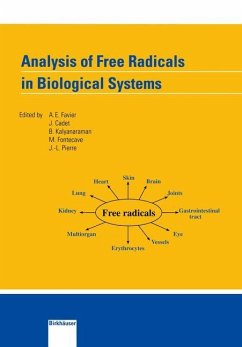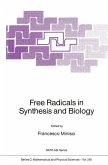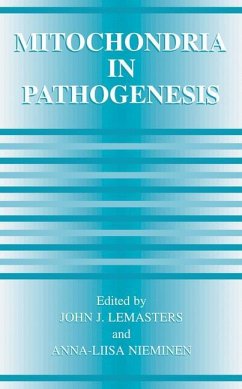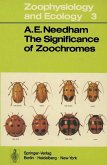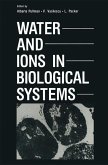"Oxidative stress" is used as the generic term describing the involve ment of reactive oxygen species in various human diseases. The scope of such a topic is becoming increasingly wide. The recent interest in radicals such as nitric oxide and the discovery of new mechanisms such as the effect of free radicals on redox sensitive proteins and genes are enlarging our understanding of the physiological role of free radicals. Oxidative stress is involved in numerous pathological. processes such as ageing, respiratory or cardiovascular diseases, cancer, neurological pathologies such as dementia or Parkinson's disease. It still remains difficult, however, to demonstrate by chemical measurement the in vivo production of free radicals and even more to realise their speciation. Therefore, the development of new tools and indicators is engrossing many researchers working in this field. Reliable indicators are abso lutely necessary not only to monitor the evolution of oxidative stress in patients but also to evaluate the efficiency of new antioxidant treat ments. The French Free radical club of Grenoble, the CERLIB has been involved for many years in the organisation of international training programs on methodology, in order to provide both theoretical and practical help to researchers from various countries. Such training sessions have been highly successful and participants value the oppor tunity to learn reliable techniques. This positive echo explains why the researchers of CERLIB decided, with the help of Prof. Dr. B. Kalyanaraman, to publish selected techniques on free radical re search.

